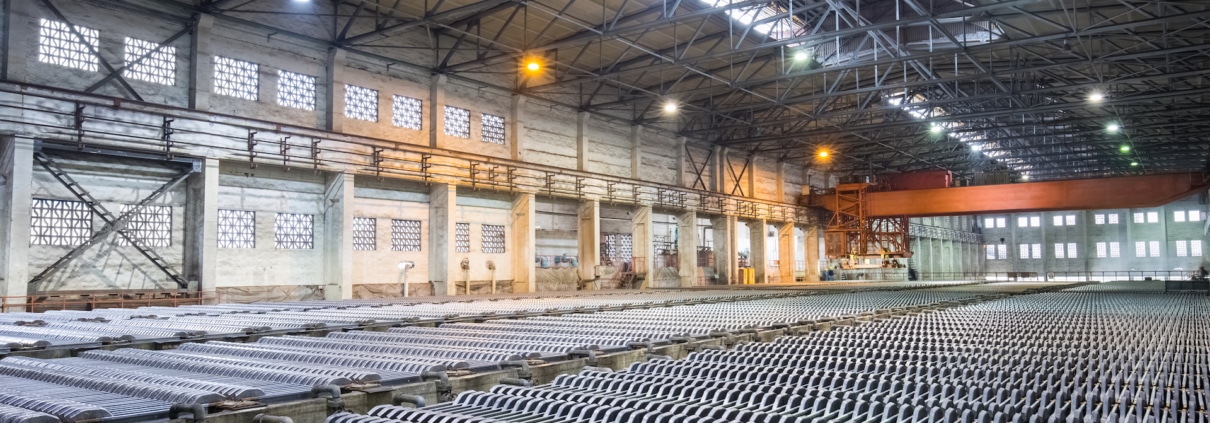Designing a building with Zinc Sheets And Sustainable Development materials that will hold up to the elements and time is often a challenge for builders. We understand how difficult it can be to choose the best sustainable products while still meeting project milestones. Your construction design must consider the types of materials used, material lifetime, and carbon footprint to be environmentally friendly.
We have many years of experience supplying architectural metals to builders and know which materials work best for each design. Out of all the metals we work with, zinc stands out as the most versatile sustainable material we offer.
Zinc has many attributes that make it a good candidate for sustainable development for years to come. Below we’ll describe why you should consider choosing zinc as your architectural metal of choice.
What Is Zinc’s Environmental Impact?
Zinc is a vital element for the environment. We find it in the soil worldwide, and living things require small amounts to survive. The process of manufacturing zinc does not increase the amount of zinc within the soil nor harm water sources. The majority of environmental impacts of zinc production are from energy usage during primary production — creating zinc alloy directly from ore without the inclusion of recycled products. We’ll touch on recyclability shortly.
Production
Zinc production’s most significant environmental impact is the energy demands required during mining and refining. For each meter squared of zinc sheeting produced, the process releases 16.02 kg of carbon dioxide into the atmosphere. Since most of the carbon footprint of producing zinc is because of primary zinc production, higher recycling percentages continue to lower the toll it places upon the environment. The zinc production industry strives to lower energy usage by employing green energy alternatives and recycling as much zinc scrap as possible.
Recyclability
Zinc is entirely recyclable and does not lose quality nor properties no matter how many times it goes through the recycling process. In many cases, zinc alloy producers recycle up to 95% of the available zinc scrap. It’s estimated that approximately 30% of all produced zinc is from zinc scrap, and the remaining 70% is from mined ore. Each year the quantity of recycled zinc increases as refining technology advances towards the goal of recycling 100% of all zinc scrap.
How Long Is Zinc’s Lifespan?
Architectural zinc has a long lifespan of at least 100 years or more, depending on the location and the environment. The combination of metals that make up zinc alloy— zinc, copper, titanium, and aluminum, add strength and can handle changes in temperature without becoming brittle. Another factor contributing to zinc’s lifespan is the patina that forms on the outside over time. The natural patina forms due to oxidation, forming a protective layer over the zinc sheeting that can help “heal” scratches, gouges, and other minor imperfections in the surface.
Factors that Affect Lifespan
Few factors affect the lifespan of zinc. Saltwater weakens the natural patina that forms on the outside of zinc sheets. Therefore, zinc sheeting along bodies of saltwater without significant rainfall requires protective coatings to prevent accelerated wear. Acid rain also affects zinc sheeting similarly to saltwater by corroding the surface. It should be noted that zinc is highly corrosion resistant, however these factors are relevant to the lifespan and breakdown of any metal.
Is Zinc a Sustainable Resource?
Zinc is considered a sustainable resource due to its long lifetime and high recyclability. Another sustainability factor is the large amount of zinc contained within the Earth’s crust. Geologists estimate that the crust contains approximately 2.8 billion tons of zinc, meaning the element is abundant and highly sustainable. Something else to consider is that according to the United States Geological Survey, the lifetime reserves for zinc have remained unchanged since 1990, even with an increase of production of over 80%.
Zinc Is The Architectural Metal of Choice for Sustainable Design
MetalTech Global is the nation’s premiere distributor and fabricator of coil, sheet and finished architectural metals products. Working with our affiliates, we are promoting the use of sustainable metal products in the building.
We envision that home and commercial construction will be committed to using only durable and reusable products. MetalTech Global can help your commitment be successful as durability, reusability, and sustainability is our area of expertise. We work with companies like elZinc America, VMZinc, Lorin Industries, and Hussey Copper to provide the highest quality architectural products in natural metals.
While zinc has been used extensively in Europe for hundreds of years, it is a relatively new building metal in North America, and its potential for robust, beautiful structures is unmatched. As of 2021, MetalTech Global is the largest stocking center of architectural zinc in North America, with the capability of re-processing sheets and coils for customers on demand.
Contact us today for architectural metals, coils, panels, metal fabrication and cutting, folding, and more!



